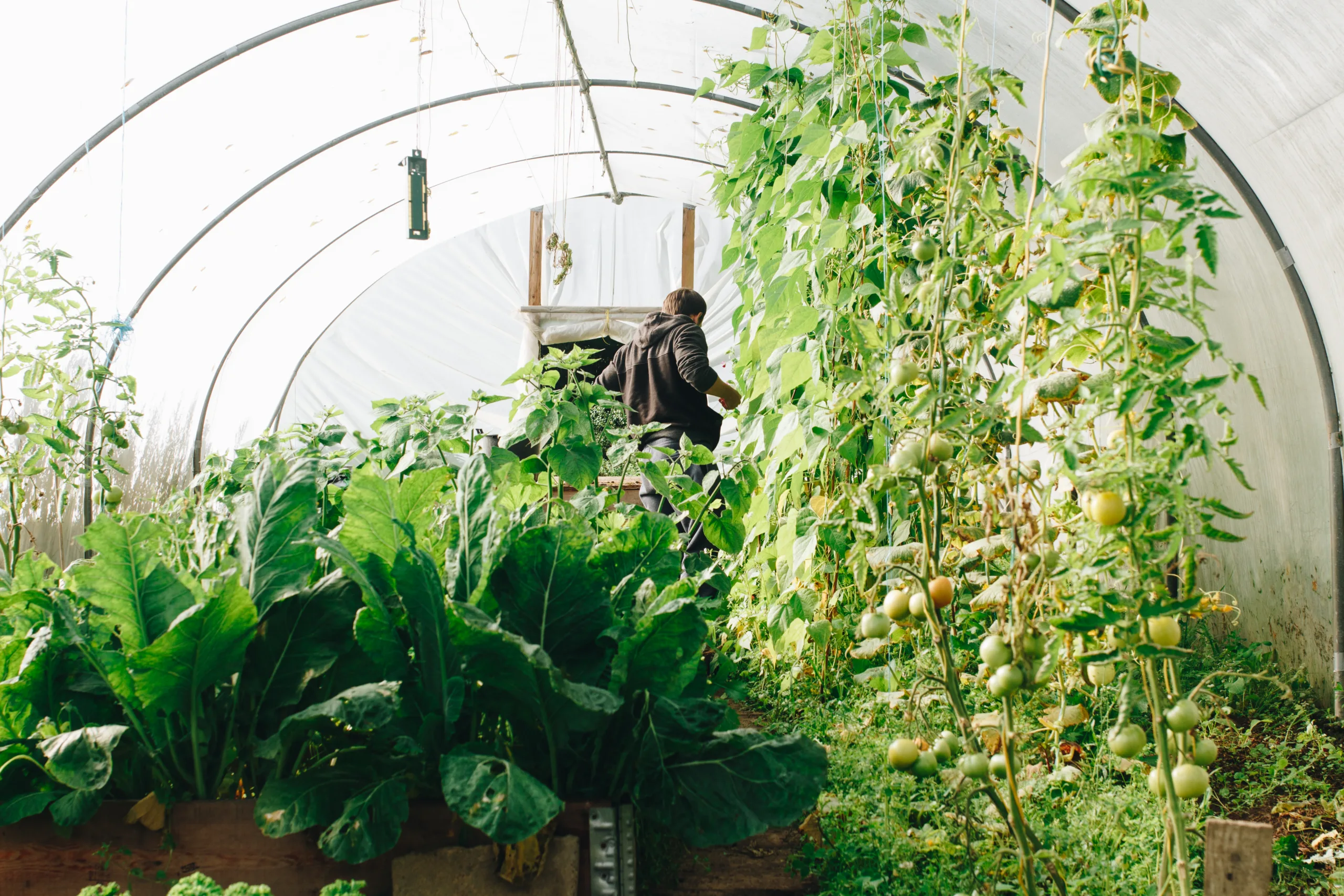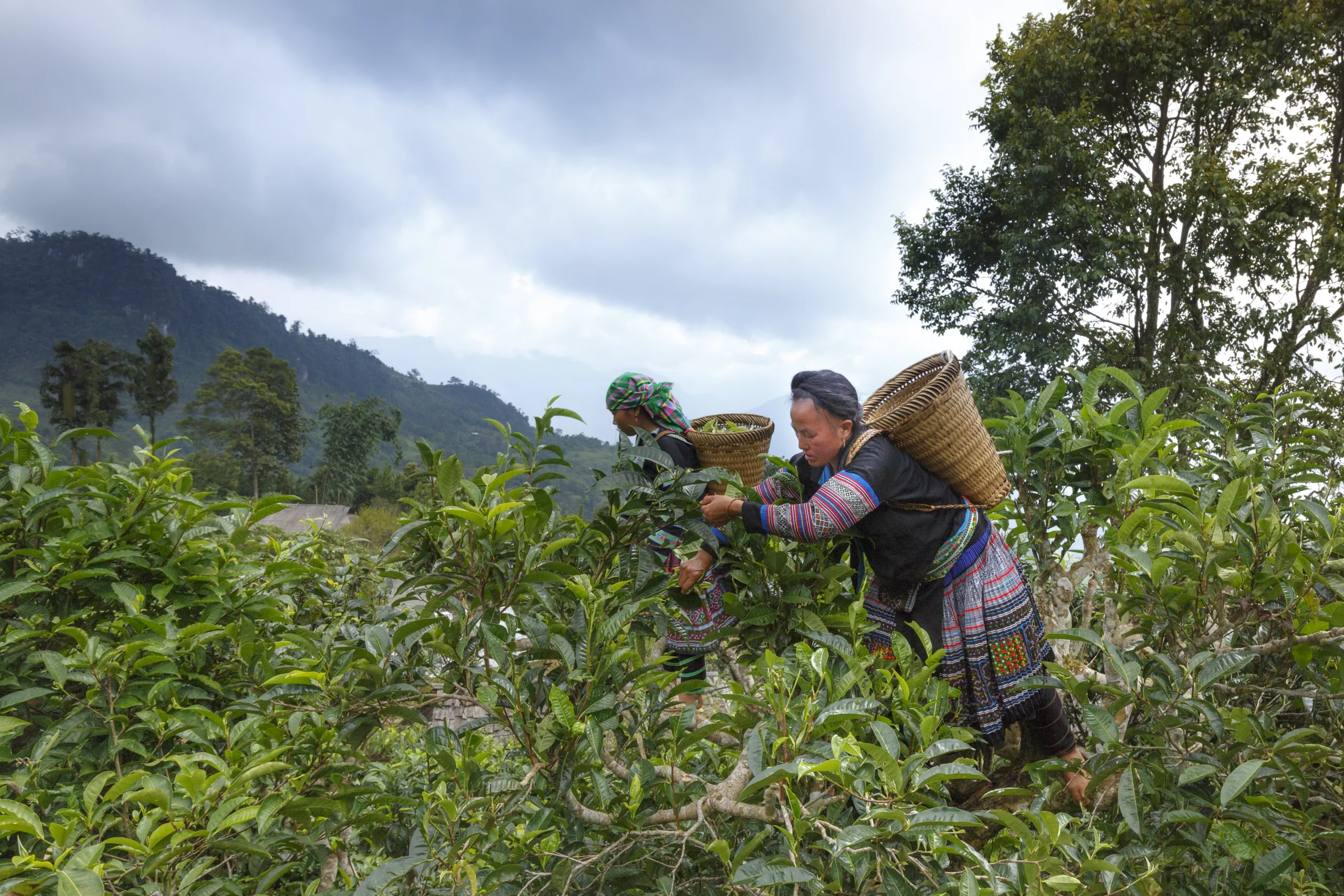Trees are an important natural resource, providing us with oxygen, shade, and protection from flooding and erosion. But how can you make trees grow faster and healthier?
If you’re looking for ways to help your own trees grow faster and stronger, or if you want to learn more about tree care and maintenance, this article will provide answers to your questions. We’ll cover topics like soil health, pruning techniques, fertilizers, watering schedules, pest control, and more. By understanding the basics of tree care and maintenance, you can ensure that your trees will be healthy and strong for years to come.
So read on to learn more about what can make trees grow faster!For healthy tree growth, soil conditions should be well-draining, nutrient-rich and slightly acidic. The soil should contain a balance of organic matter and minerals, with a pH of 6.5 to 6.8 being best for most tree species. Additionally, the soil should be kept moist but not waterlogged.
Nutrients Needed for Optimal Tree Growth
Tree growth is an important part of a healthy ecosystem and proper nutrition is essential to ensure trees grow strong and healthy. Trees need several nutrients to thrive, including nitrogen, phosphorus, potassium, sulfur, calcium, magnesium, boron and iron. Each of these nutrients plays a vital role in the development of roots, leaves and branches.
Nitrogen helps trees produce chlorophyll which enables photosynthesis, while phosphorus helps the trees grow strong roots and aids in flowering and fruiting. Potassium helps strengthen cell walls and improves water uptake by trees. Trees also need sulfur for protein synthesis and calcium for cell division. Magnesium is important for photosynthesis while boron aids in cell division and iron helps build chlorophyll molecules.
These essential nutrients are usually obtained by trees through the soil they are planted in. However, if the soil lacks any of these nutrients or if they become depleted over time due to poor soil health or over-farming practices then it may be necessary to provide additional fertilizer or compost to ensure optimal tree growth. Fertilizers should be chosen carefully as some can contain high levels of nitrogen which can have an adverse effect on tree growth if not used properly.
In addition to providing essential nutrients for optimal tree growth it is also important to ensure that the tree has access to adequate sunlight and water as these are also essential elements for healthy growth. Trees should also be provided with a layer of mulch around the base of their trunk which will help retain moisture in the soil while providing an additional layer of protection from extreme temperatures or pests.
By taking the time to provide your trees with proper nutrition you can ensure that they grow strong and healthy for many years to come!
Proper Watering Techniques for Trees
Watering trees is an important part of keeping them healthy and growing. Too little water can cause the tree to become stressed and vulnerable to disease, while too much water can cause root rot or other problems. Knowing how to properly water your trees is an essential part of tree care.
The amount of water a tree needs will depend on its type, size, and the climate in which it grows. Generally, young trees need more frequent watering than mature trees. Water deeply but less often so that the soil around the root zone has time to absorb and store moisture. Deep watering also encourages deep root growth which helps your tree become more drought tolerant.
When watering your trees, use a soaker hose or drip irrigation system to avoid over-watering and reduce the amount of water lost through evaporation. Directly applying a hose or sprinkler at the base of the tree can also be effective but may be more likely to cause over-watering if used too often.
Avoid watering during mid-day when temperatures are high as much of the water will evaporate before it can reach its intended target. Instead, try to water during early morning when temperatures are cooler and wind speeds are lower for better absorption into the soil. To reduce runoff, apply smaller volumes of water more frequently rather than large amounts all at once. This will allow the soil to better absorb moisture and help encourage deep root growth in drought-prone areas.
It’s also important to check your tree’s soil regularly for signs of drought stress such as wilting or browning leaves or branches that die back near the top of the canopy. If these signs are present, then it’s time to increase your watering schedule until they subside. To keep your trees healthy and growing strong, follow these proper watering techniques for optimal results!
Pruning & Training Trees to Ensure Healthy Growth
Pruning and training trees is a vital part of ensuring healthy growth. Pruning and training help trees develop strong, healthy branches and stems that can withstand weather and other environmental conditions. Pruning also prevents overcrowding, helps to keep pests away from the tree, and can improve the overall look of the tree. The process of pruning involves removing dead or damaged branches, thinning out branches to allow more light and air into the tree’s canopy, and shortening or removing branches where necessary.
Training a tree is much like pruning in that it helps with the overall health of the tree. Training is done by tying down limbs or branches that are too long or growing in an undesirable direction. It also helps encourage new growth in the desired area by redirecting energy away from unproductive growth. Additionally, training provides structure and support to young trees as their trunks become stronger over time.
When pruning or training trees, it’s important to take care not to damage the tree’s bark or leaves. Sharp tools should be used when pruning and careful attention should be paid when tying down limbs to ensure that they do not become overly constricted. Proper technique is essential for preventing harm to the tree and ensuring that it develops correctly over time.
In addition to pruning and training, it’s important to provide adequate fertilizer, water, mulch, and pest control for trees in order to ensure healthy growth. These elements will help give trees the nutrients they need while protecting them from disease-carrying pests that can damage them over time. When done properly, pruning & training coupled with providing adequate care can help ensure a healthy tree for years to come!
How to Choose the Appropriate Tree Species
Choosing the right tree species is an important step in creating a successful landscape. The right tree species can provide shade, beauty, and wildlife habitat while also improving air quality and reducing soil erosion. When selecting a tree species, it is important to consider factors such as climate, soil type, water availability, size, and maintenance needs.
Climate is a major factor when choosing a tree species. Trees that are native to the area are usually best adapted to local conditions and are more likely to survive and thrive than non-native trees. It is important to choose trees that will be able to tolerate extreme temperatures and other weather conditions in the area.
Soil type also plays an important role in determining which tree species is appropriate for the area. Different types of soils may require different kinds of trees or specific fertilizers or amendments to create an environment conducive for growth. It is important to choose trees that will be able to survive in the soil type present in the area.
Water availability should also be considered when selecting a tree species. Some trees require more water than others and may need additional irrigation if there is not enough natural precipitation in the area. It is also important to consider how much maintenance will be required for each tree species so that resources can be allocated accordingly.
Size is another factor that should be taken into consideration when selecting a tree species. Trees come in many different sizes so it is important to select one that will fit into the landscape without overwhelming it or blocking views of the surrounding area.
Finally, it is important to consider the maintenance needs of each tree species before making a selection. Different types of trees may require different levels of pruning or fertilization depending on their growth habits and other environmental factors such as soil type or climate conditions. By considering these factors beforehand, one can ensure that they select an appropriate tree species for their landscape project and maximize its potential benefits.

Planning Ahead for Long-Term Tree Care
When it comes to maintaining a healthy and vibrant tree canopy, planning ahead is the key to success. Taking the time to consider all aspects of tree care in advance can help ensure that your trees will be healthy and productive for years to come. By familiarizing yourself with the different types of tree care, you can develop a plan that takes into account long-term maintenance needs.
One of the most important components of long-term tree care is pruning. Pruning helps maintain the health and aesthetic value of trees by removing dead or diseased branches and promoting new growth. Proper pruning techniques should be used to ensure that trees remain healthy and productive over time. Professional arborists should be consulted for large or difficult pruning tasks, as they have the knowledge and experience necessary to safely and effectively perform these tasks.
Fertilization is another important component of long-term tree care. Fertilizers provide essential nutrients such as nitrogen, phosphorus, and potassium that are needed for optimal growth and health. It is important to select a fertilizer that is appropriate for your particular type of tree, as some fertilizers may be more beneficial than others depending on the species. Additionally, fertilizers should be applied at the appropriate times throughout the year in order to maximize their effectiveness.
Finally, it is important to consider pest control when planning ahead for long-term tree care. Pests such as aphids, mites, borers, and other insects can cause significant damage if left unchecked. Regular monitoring for signs of infestation is necessary in order to identify potential problems early on before they become too severe. If pests are detected, an appropriate insecticide or other control measure should be applied in order to prevent further damage from occurring.
By taking the time to plan ahead for long-term tree care needs, you can help ensure that your trees will remain healthy and vibrant for years to come. Pruning, fertilization, and pest control are all important aspects of this process which should not be overlooked or underestimated when developing a plan for maintaining your trees in top condition over time.
Fertilizing Trees
Fertilizing trees is an important step in maintaining their health and vigor. Trees require a variety of nutrients for optimal growth, and fertilizers can provide these essential elements. Fertilizers are composed of three main components: nitrogen, phosphorus, and potassium. Each of these elements plays a role in helping trees grow and thrive. Applying the right amount of fertilizer to your trees can help ensure strong growth and healthy development.
When to Fertilize Trees
The best time to fertilize trees is in early spring before buds have started to emerge. This gives them an early start on the growing season and helps promote strong root systems and healthy foliage growth. Additionally, fertilizing trees in the fall can help provide much-needed nutrients during the winter months when the soil is not actively growing. For established trees, applying a light fertilizer twice per year is usually sufficient.
Types of Fertilizer
When selecting a fertilizer for your trees, it is important to consider what type of tree you have as different types of fertilizer are designed for different tree varieties. For example, coniferous trees such as pine or fir require a higher nitrogen content in their fertilizer than deciduous trees like maples or oaks. Additionally, slow-release fertilizers are often recommended for established trees as they provide nutrients over an extended period of time.
How to Apply Fertilizer
When applying fertilizer to your trees, it is important to follow the manufacturer’s instructions for dosage amounts and application methods. Generally speaking, it is best to spread the fertilizer evenly around the perimeter of your tree’s canopy area at least six inches from the trunk itself. Once applied, lightly water the area so that the fertilizer has a chance to be absorbed into the soil.
Improving Soil Quality
In addition to fertilizing your trees, improving soil quality can also help promote healthier plants and stronger root systems. Adding organic matter such as compost or mulch can help improve drainage and aeration while providing essential nutrients that plants need for optimal growth. Additionally, using cover crops such as clover or rye grass can also help conserve soil moisture levels while providing additional nutrition to nearby plants.
By following these tips on how to fertilize trees and improve soil quality, you can ensure that your plants stay healthy and robust throughout all seasons!
Protect Trees from Pests and Diseases
Trees are essential for the health of the environment, but they can be vulnerable to pests and diseases. It is important to take steps to protect trees from pests and diseases in order to maintain their health and longevity. Here are some tips for protecting trees from pests and diseases.
The first step in protecting trees is to regularly inspect them for signs of pests or disease. Look for any discoloration, wilting, or other changes that could indicate a problem. If any signs of pest or disease are found, it’s important to act quickly by contacting a certified arborist or pest control specialist.
It’s also important to maintain proper tree care practices in order to prevent pests and diseases from taking hold. This includes providing sufficient water and nutrients, pruning dead or diseased branches, removing debris from the area around the tree, and avoiding overcrowding which can create an environment conducive to pest infestations.
Finally, it’s important to use natural methods wherever possible when dealing with pests or disease on trees. This includes using beneficial insects such as ladybugs or lacewings that naturally feed on harmful insects, as well as horticultural oils or soaps which can help control certain insects without harming beneficial ones. These methods should be used in conjunction with inspections and proper tree care practices for maximum effectiveness in protecting trees from pests and diseases.

Conclusion
The growth of a tree is affected by a wide range of external elements, and many of these can have an impact on how quickly it grows. It is important to understand the needs of the tree, such as the right amount of sunlight, water, and nutrients, in order to ensure that it grows at its full potential. Additionally, proper pruning and soil management are important factors in helping a tree to reach its maximum growth. Finally, making sure your tree is protected from pests and diseases is also key in helping it grow faster.
By understanding what can make trees grow faster and providing them with the right care and environment, you can ensure that your tree will reach its maximum growth potential.
Mark Hoffman is a dedicated arborist and tree care specialist with over a decade of experience. His love for trees began when he visited Yosemite National Park as a teenager and was awestruck by the giant sequoias. Mark pursued his passion by studying forestry at Michigan Technological University, where he earned a Bachelor of Science degree.
Since then, he has worked tirelessly in the field of arboriculture, helping to preserve and protect trees in his community. His expertise and dedication have made him a respected leader in the industry and a valuable resource for anyone seeking advice on tree care.
